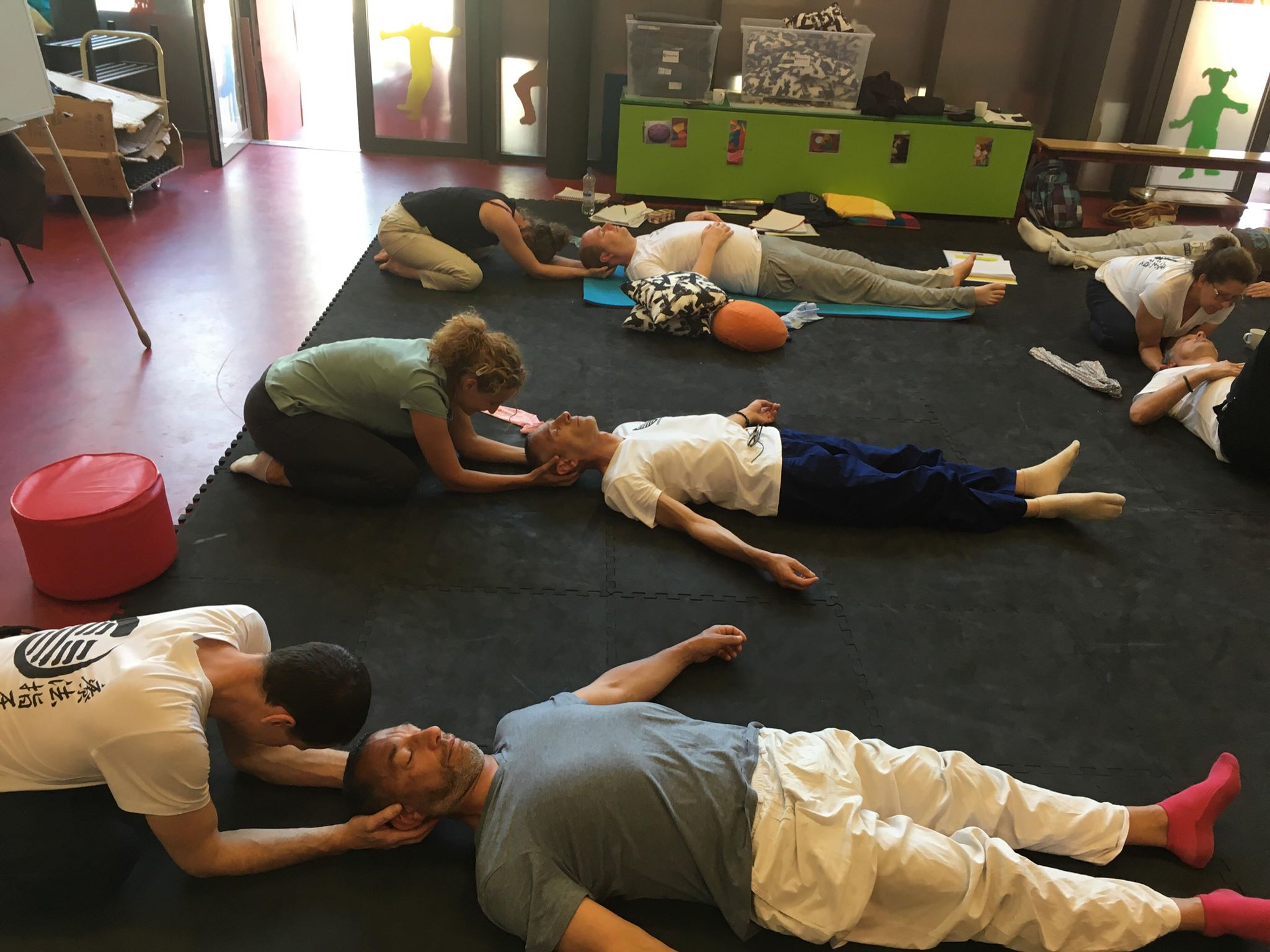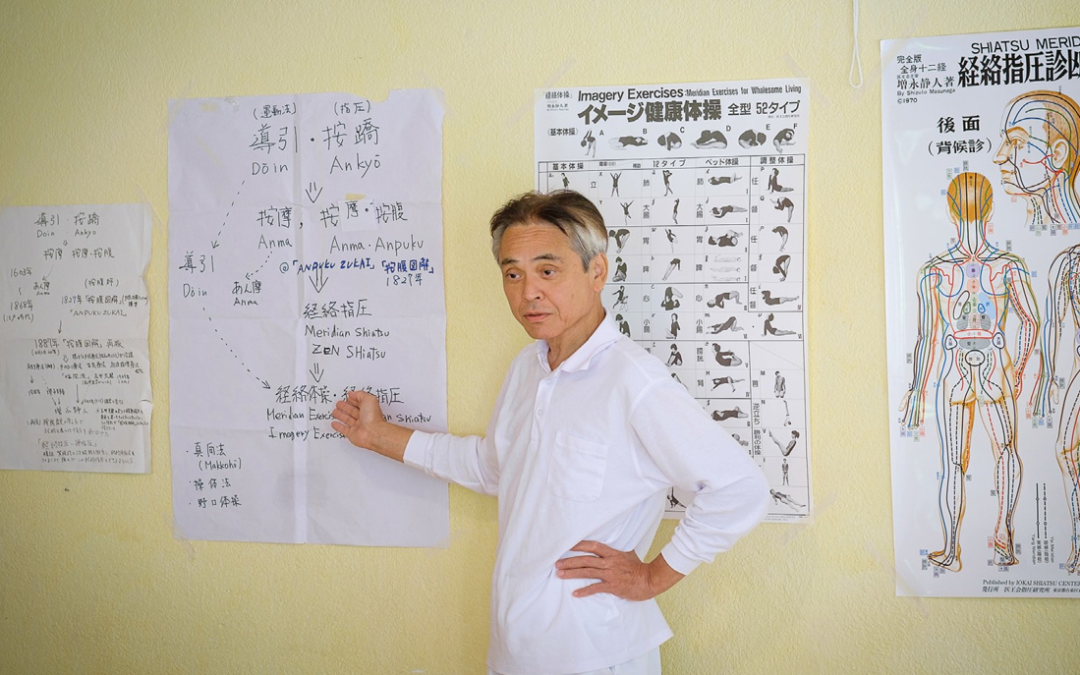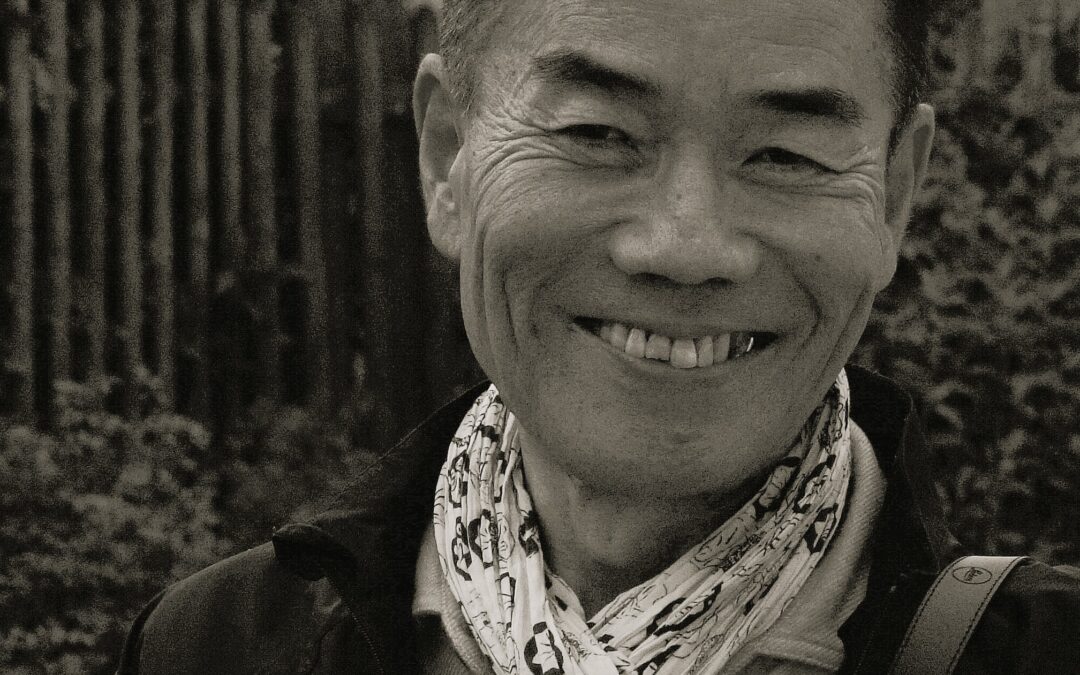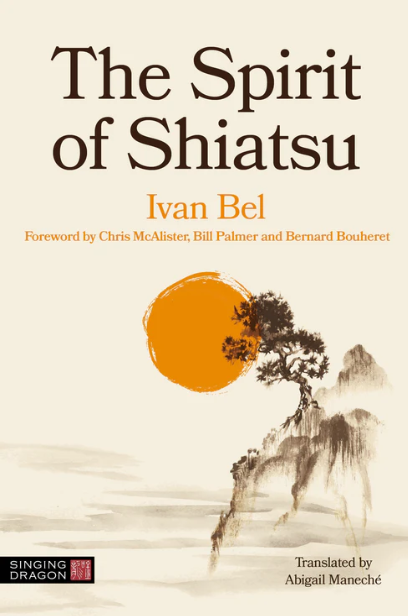Given the multitude of speeches that we hear today in the world of Shiatsu, moreover in all languages nowadays, it is not useless to recall what is not evident to everyone. Here is one: Shiatsu is a therapeutic art. Explanations.
When studying a technique or an art, one usually studies its history. Yet we must admit it is desperately lacking in Shiatsu. Most of the time we hear bits of history in schools, often oriented to inspire students in a way to do or see Shiatsu. So far as a story supported by facts which would be the fruit of a work of historians, we have nothing or almost nothing. Incidentally it is quite surprising that the Japanese did not do this work. However, we still have books. The first books to be written in Japan on Shiatsu all carry, as it should, a title. And these titles are quite self-revealing.
A short tour of the first Japanese publications
Let’s take the very first book of the one who invented the name “Shiatsu”, Tenpeki Tamai. The cover title is “Shiatsu ho” (1919) which can be translated as “Shiatsu method” which remains cautiously neutral. But when opening the book, on the third page we come across another title “Shiatsu ryoho”, which in English and according to Akinobu Kishi gives “Shiatsu therapy” or “therapeutic Shiatsu”[i].
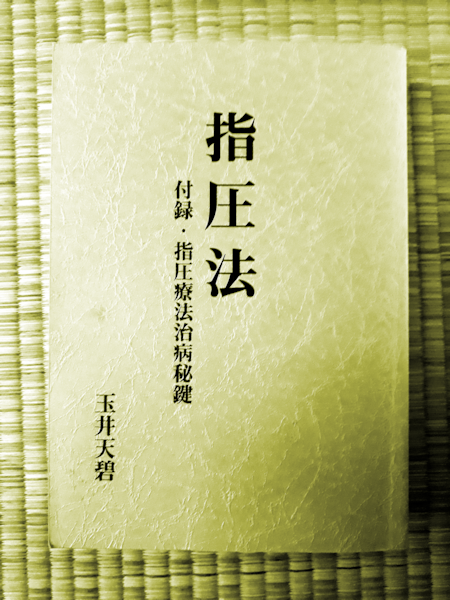
Which is to say that the inventor of Shiatsu from the outset proposed his approach as a therapy in itself.
As we begin to know, Shiatsu was born of several branches and personalities at the same time. So, let’s see the titles of other authors:
- “Seitai and shiatsu therapy”, by K. Hirata
- “Shiatsu therapy and Physiology” by K. Kuriyama and T. Namikoshi (1934, revised 1954), Tokyo: Keibundo-shoten
- “Shiatsu therapy Collection”, by T. Ogawa (1957), Tokyo: Ido no Nihonsha
- “Anpuku zukai and Shiatsu therapy”, by T. Izawa (1964)
- “Clinical practice of Shiatsu”, by H. Yamaguchi, F. Kato under the direction of S. Masunaga (1965) Tokyo: Daiichi-shuppan
- “Principles of Shiatsu therapy”, by F. Kato and S. Masunaga (1968), Tokyo: Daiichi-shuppan
Of course, there were other books that helped to make Shiatsu known – Namikoshi and Masunaga were prolific – and we are far from having all the translations into French or English. However, this list has the merit of making things clear.
In all cases Shiatsu is presented and asserted as a therapy. Therefore, it is not surprising that in 1964 Shiatsu was fully recognized by the Japanese Ministry of Health as a medical discipline in its own right. But what about the West?
Evolution of Shiatsu in the West
So far in the West this vision of Shiatsu is still struggling to come out into the open, even among teachers, and the term “well-being technique” is usually the most used for Shiatsu. How did we get there? The answer is pure logic.
The pioneers who brought Shiatsu to the West, whether Japanese or Westerners, were all young (or nearly so) [ii]. The first Japanese who spread Shiatsu around the world were young (in age) and had to wait for years to mature their technique.
As for the Westerners, they too were young (but in technical knowledge) [ii]. Indeed, most of them discovered Shiatsu in a punctual way, during a stay always too short to understand all the repertoire and the subtleties. If we take the Western students who knew Masunaga, we know that none of them remained the time necessary to complete the training, that is to say at least 3 years. Even better 10 years, as it was the case for the only two people who achieved this feat of strength (at least as far as I know) Sasaki and Kishi. That said, they were Japanese.
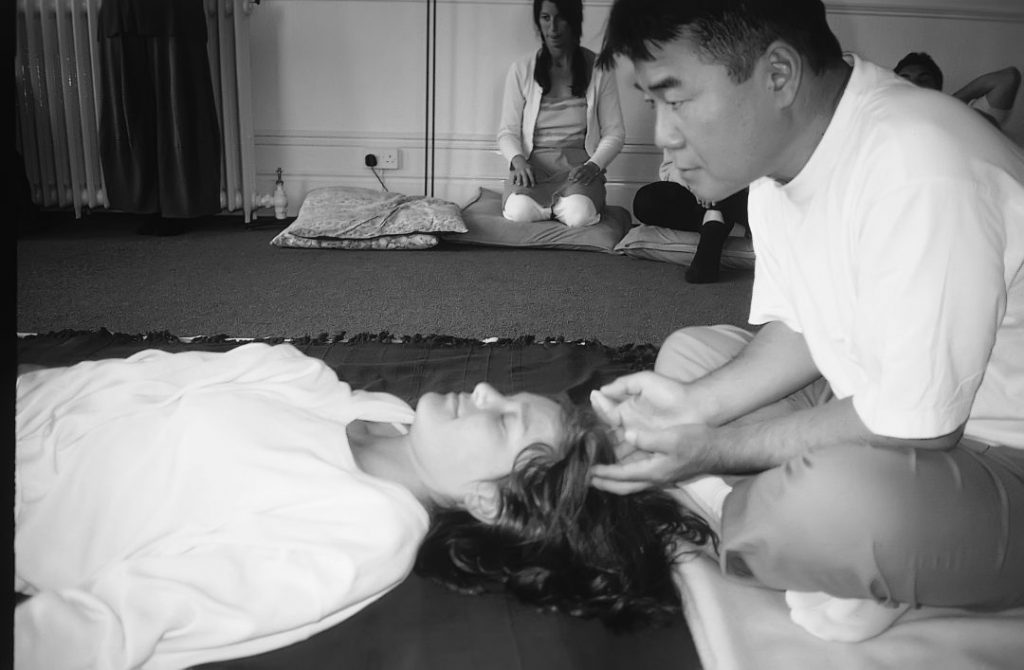
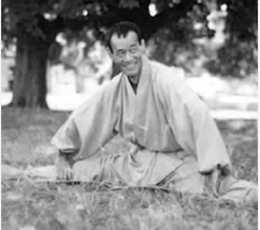
The second reason for this gap between Japan and the West is that it is not a technique endogenous to our culture. If Shiatsu had been invented by an English, French or German doctor and recognized by our medical system, the technic would have been accepted long ago. But the integration of a system of thought and conception of the body with an Asian view takes time, because it requires a complete change of view. Therefore, for the pioneers in Shiatsu it was much simpler to talk about a well-being massage technique. In Japan no one talks about massage. This word is never used in Shiatsu (unless influenced by Westerners). It’s a finger pressure technic, a touch with therapeutic virtues. But this wording still doesn’t go through well with our health authorities. In 2015 when the Shiatsu Professional Union (SPS) had the title of “Shiatsu specialist” recognized by the French authorities, it was still a recognition with the “well-being” format. At least it’s always better than nothing.
What does therapeutic means?
Let’s go back to the subject of this article which seeks to know if Shiatsu is a therapeutic art. Since several streams of Shiatsu were born in Japan in the 50s and 60s, can we say that Namikoshi, Iokai or Koho Shiatsu are all therapeutic? Each branch of Shiatsu has its own story. One will tell us “indeed ours is”, implying that others are not. But if we refer to clinical practice, all these original branches are widely able of therapeutic Shiatsu to relieve pain and other ailments as well demonstrated by current studies.
Let’s first see the meaning of the word. It comes from the ancient Greek θεραπευτικός (therapeutikós) which foremost means “attentive, helpful” and by extension “to take care of “ and finally “related to the care one takes“. This word itself is a derivative of “therapeuian” “take care of or serve (God in this case)” and then later “take care of a sick person“. Even before that the meaning was from military and servile origins and meant “to be the servant of a warrior,” the squire who calls himself “therapôn”. The therapist is above all a servant who adores, who is at a deity’s service or an ideal greater than himself. Moreover, the Greek term “therapeutȇs” was used to describe the Jewish ascetics who lived near Alexandria.
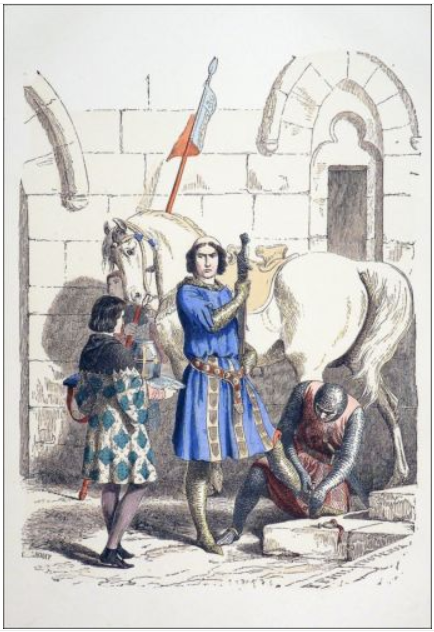
In the original sense of the word, anyone who cares for and serves a larger ideal is a therapist, which is what Shiatsu practitioners do. So there is no need to argue over the meaning of this term, because all shiatsushis are at least at the service of bettering someone and his well-being. Well-being that should not be a bad word as it’s always the first step towards health. And rightfully this is one of the great strengths of Shiatsu: to maintain a person in a state of well-being and to resolve imbalances well before they become symptoms and pains.
The second evolution of the therapeutic word is much later and dates from the 17th century. The word then designated the part of medicine that studied and then applied the means to treat a disease. From the 19th century, this becomes by extension the full means of treatment used for a particular case and then becomes definitively attached (by law) to the field of Western medicine. As far as we know, the Western view of medicine is not the only one operating around the world. Shamanic medicine, Ayurvedic medicine, Far Eastern medicine as not to say Chinese Medecine, are nowadays well-marked fields and recognized for their abilities to really treat and heal particular cases, and generally without side effects.
While the year 2019 marks the official recognition of Chinese medicine by the WHO (World Health Organization), Shiatsu can therefore- since it is based on Far Eastern medicine – also claim the therapeutic role, a role that has been his since its creation.
An impressive evolution towards maturity
If in the West Shiatsu was therefore first and foremost a so-called wellness technique, today it is maturing and is spreading in the field of complementary health as a recommended and recommendable therapy. Its development over the last 10 years is quite extraordinary. In 10 years (20 years for the oldest data) Shiatsu has:
- Multiplied body and energy approaches, while maintaining its basic principles
- Spread worldwide from Africa to Russia, from Asia to Europe and America
- Two European federations (ESF and ISN) were created in Europe
- Obtained an official recognition in a growing number of countries (France, Switzerland …)
- A European summit that takes place every 3-4 years (European Shiatsu Congress)
- A European body that stimulates scientific research in its field (Shiatsu Research Network)
- At least two French-speaking NGOs have been born (AIST and MSH) to practice and teach in the southern continents
- Increased the recognition and support of the medical and practical world in a growing number of hospitals
- Increased publication of scientific articles [iii]
On this last point, it’s interesting to take a look at the websites publishing online scientific articles. So far, the scientific papers about Shiatsu can be numbered on the fingers of both hands. Then for the last 3 to 4 years, the number of publications has been continuously increasing. Referenced by Science Direct, there are 18 research articles on Shiatsu in 2017, the total increases to 29 articles in 2018. For this year 2019 (we are at the beginning of June at the time of publication of this post, so barely halfway through the year) already 18 articles, which augurs for a minimum of more than thirty scientific articles by the end of the year. Surely that will go on crescendo, let’s not doubt it. The Japanese are not lagging behind on this subject. In order to obtain the official recognition of the technique, scientific studies supervised by medical researchers were carried out as early as the end of the 1950s. Today it has become a routine and every year, all major Shiatsu schools meet and confront their scientific results. The only problem for Europeans is that only Namikoshi School (Japan Shiatsu College) made the effort to translate a compilation of 10 years of research into English. The vast majority of scientific articles and even books are not translated.
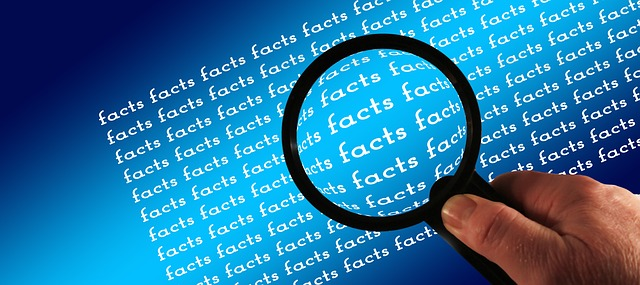
It’s easy to understand that Shiatsu enters the age of maturity and the demonstration of its effects.
Of course, there is still a lot of work to be done and we can easily cite several areas that still need to be developed:
1. The establishment of an international foundation for the promotion and support of Shiatsu in the fields of research, to identify the different trends of Shiatsu, to make a database of worldwide techniques, treatments, and so on.
2. The ability to translate from Japanese to English or French, and vice versa, to gain access to more literature (what about a dedicated publishing house?)
3. Tools to support practitioners in their practice (Tsubook has been working hard for years to meet their needs, and this multilingual tool is set to grow in capacities). There should also be tools to help practitioners in their client management, accounting, etc.
4. The creation of an interface between the Japanese and the Westerners to exchange knowledge and evolutions
5. European recognition of Shiatsu as a complementary therapy like it is for physiotherapy or osteopathy.
And many more things are still to be done. Let’s roll up our sleeves and move the Shiatsu further forward.
Ability to make both global and sharp treatments
Thanks to all the arguments quoted in the previous paragraph, it is clear that Shiatsu is no longer a manual art, slightly amateurish as it may have been in its beginning but a technique capable of passing the course of recognized therapy in its own right. It already has the support of the general public, of the paramedical world, of hospitals ; we miss the authorities support. It is progressing fast and the mix between European scientific mind and Eastern holistic thinking is truly making sparks.
What’s striking in Shiatsu is its field of actions. Holistic by nature, it is able to work on someone’s mechanical, physiological, energetic, psychological or emotional parts. Therefore, it is a wide approach that leaves room for many practices … provided you know how to do it and respect at least one rule stated by Shizuto Masunaga.
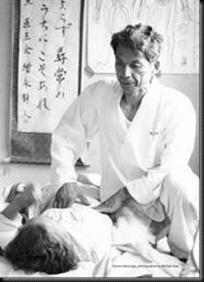
In the very words of Masunaga, Shiatsu must be global to touch the peculiarity. But if it is from the outset too precise, it will not affect the whole. It is actually the mixture of the two which is the particularity of Shiatsu, which differs in this from acupuncture for example.
Hence in a global session nothing prevents the practitioner to slip points and specific effects to obtain a more accurate treatment. Perhaps it is here that two great levels can be distinguished in the therapeutic art.
The first one consists in treating the whole body, all its meridians to preserve the homeostasis of the major systems (nervous, muscular, blood…etc.). We could talk here about balancing or harmonizing mechanical and energetic structures. The second level is able to correct the imbalances and treat both symptoms and their origin. This level requires a broader training that involves Far Eastern medicine (No matter if we call it Chinese, Japanese or other) and allows to make very precise treatment choices thanks to a huge literature on this subject which offers great options of studies.
The craze for this last level is currently like a groundswell in the world of Shiatsu, as it responds not only to the ever more advanced development of Shiatsu as we saw just before, but also to the demand of practitioners who want to be more effective treating people.
In Francophone countries, the French-speaking Union of Professionals in Therapeutic Shiatsu (UFSPT) got it right and offers to all styles of Shiatsu to increase in power and access this capacity of treatment without disavowing themselves.
Let’s hope that our English, German, Italian colleagues or others develop such unions to raise the level throughout Europe.
In conclusion
Shiatsu was from the beginning thought and recognized in Japan as a therapeutic art but now this therapy reaches several levels. Well-being Shiatsu being a possibility to work in the preventive field. Shiatsu backed by oriental medicine as an opportunity to perform more precise treatments. The speech that seeks to separate Well-being Shiatsu from Therapeutic Shiatsu is therefore unfounded, it makes no sense. The two levels are complementary and mutually supportive, like the Yin / Yang principle that we love so much. It is clear that if you can move mountains you can move molehills, but not the other ways around. So, let’s go back to school, let’s reopen the books and all together let’s promote a Shiatsu that can take action on all levels.
Notes:
- [i] All the books titles quoted come from Akinobu Kishi’s book “Seiki, life in resonance, the secret art of Shiatsu”.
- [ii] It seems that the first Shiatsu trained Westerner was an Italian doctor which explains why Shiatsu is extremely well developed in this country.
- [iii] I take this opportunity to salute two great researchers in Shiatsu, the Canadian Leisa Bellmore and the Hispano-English Fernando Cabo, who both do a great job.
Author:
- 5-6 April 25: 1st Balkan Shiatsu Summit in Sarajevo - 31 January 2025
- 19-21 Sept. 2025 – Shiatsu Summit in Vienna: chronic fatigue, burnout & depression - 19 December 2024
- Terésa Hadland interview: Shiatsu at core - 25 November 2024
- Book review: “Another self” by Cindy Engel - 30 September 2024
- 24-26 October 2025: Master Class in Vienna (Austria) – Shiatsu and martial arts - 20 August 2024
- Lembrun Summer Intensive Course – July 6 to 12, 2025: Digestive System Disorders, Advanced Organ Anatomy, and Nutrition - 4 August 2024
Translator:
- Interview with Mitsutoshi Taniguchi - 17 November 2022
